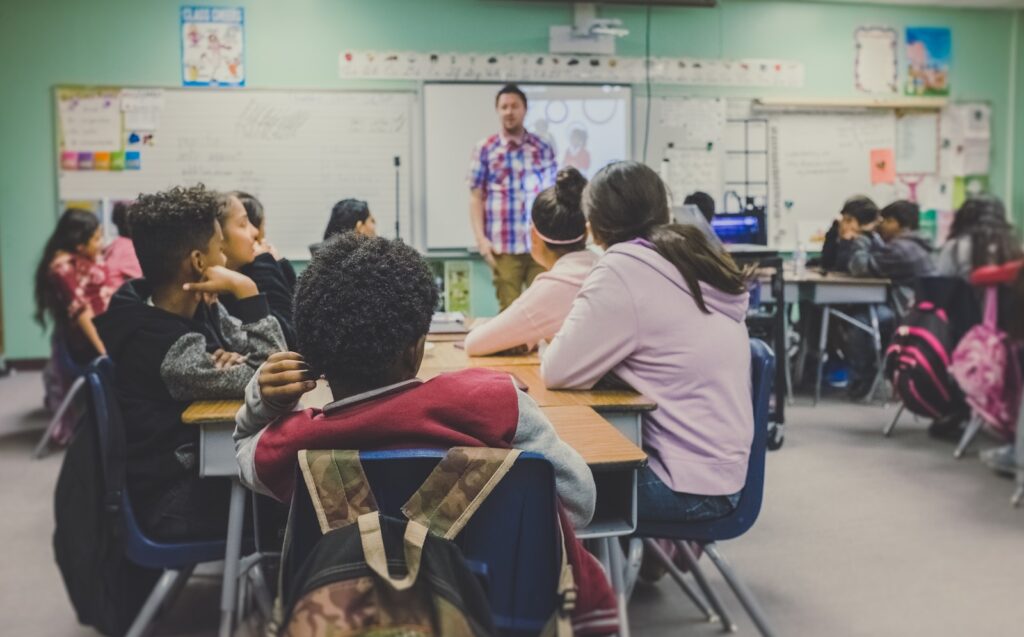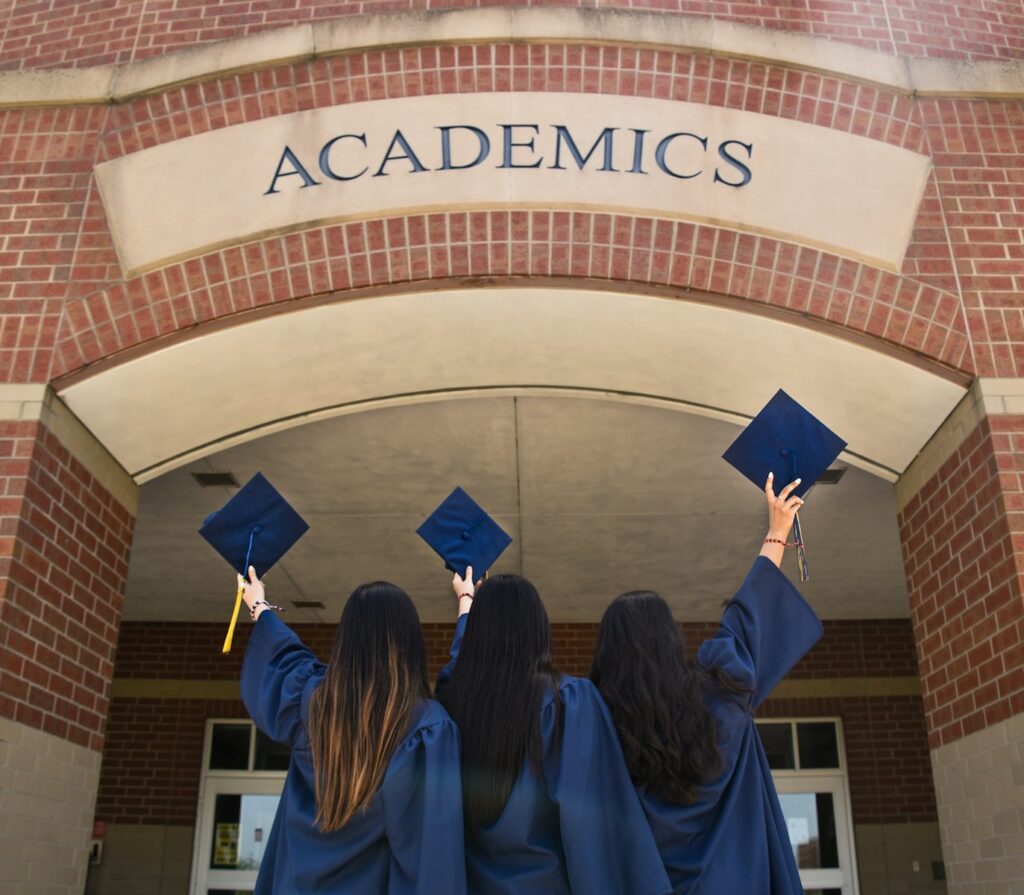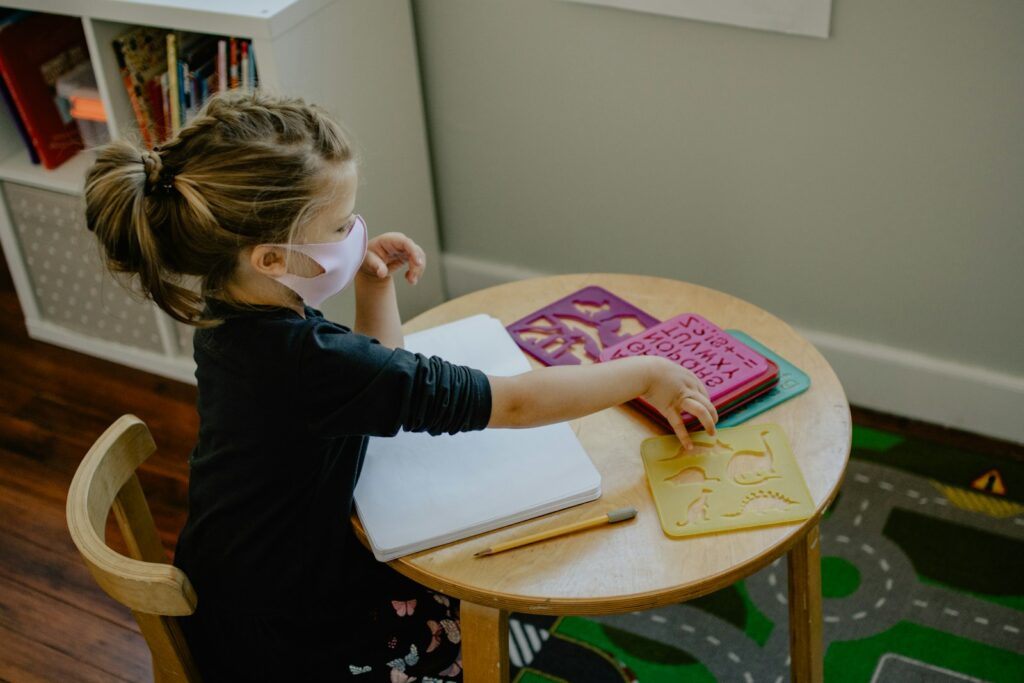Teacher Prep Programs… Where is Texas?

It’s no secret that America’s teaching pool is a fraction of the size it once was 15 years ago, hard hit by the Great Recession and mostly shrinking since.
But new federal data has given researchers some cause for optimism, suggesting efforts to make teaching more financially viable with strategies such as paying student teachers have helped to move the needle.
Pre-k growth over time

The 21st State of Preschool finds the state of preschool in America at a critical moment. The states have emerged, albeit unevenly, from the worst of the COVID-19 pandemic, and are poised to make new progress toward more effective and equitable preschool policies. Additional states have committed to offering every child publicly funded preschool education and have begun working towards that goal. Enrollment in preschool increased in 2022-2023 and the percent of 3-year-olds and 4-year-olds enrolled in preschool reached all-time highs.
Why are students not coming to school?

Pursuing her passion for a career in medicine, California high schooler Ella Mayor found fulfillment working as a part-time pharmacy technician — tapping into skills she could never practice in school.
Mayor, a 12th grade student at Santa Susana High School in Simi Valley, said she is often just going through the motions in her classes where she feels disconnected from her schoolwork.
Still dealing with Inequality

Why it matters: The U.S. will soon mark the 70th anniversary of the landmark Brown v. Board of Education decision that ended legal segregation in public schools. Yet, researchers found growing inequality in school access as the nation has become more diverse, according to the new study by nonpartisan education watchdog Available to All.
Academic Recovery after Covid

Years after school buildings reopened following COVID-19 closures, an overwhelming majority of public school leaders (92%) are concerned to some extent about their students meeting academic standards, according to data from the National Center for Education Statistics. Out of those, 25% said they are moderately concerned, and 16% said they are extremely concerned.
FAFSA updates

In the Dallas area, schools experienced significant decreases – some of them as large as 30 percentage-point drops, according to an analysis of federal data by The Dallas Morning News. In Dallas ISD, for example, only about 35% of seniors completed the form by April 5 compared to over 60% last year, according to the federal data.
FAFSA updates continue

The U.S. Department of Education will automatically reprocess between 15% and 20% of the applications for federal financial aid submitted thus far, following widespread tax data miscalculations.
Ready or not…the Eclipse is here

Instead of driving to school two minutes away, the family of four will travel two hours to the tiny town of Kerrville’s eclipse festival, where they hope to experience more than four minutes of eclipse totality with thousands of other visitors.
The AI Impact

Educators are split on whether artificial intelligence will help or hinder their careers, according to results of a study by the AI Education Project, first shared with Axios.
Structural shifts after Covid

Four years after the global COVID shutdowns, the pandemic’s effects are still being felt. Within education, a variety of data sources — including NWEA’s MAP Growth and state, national,and international tests — all show that students today are well behind their peers from four years ago.

